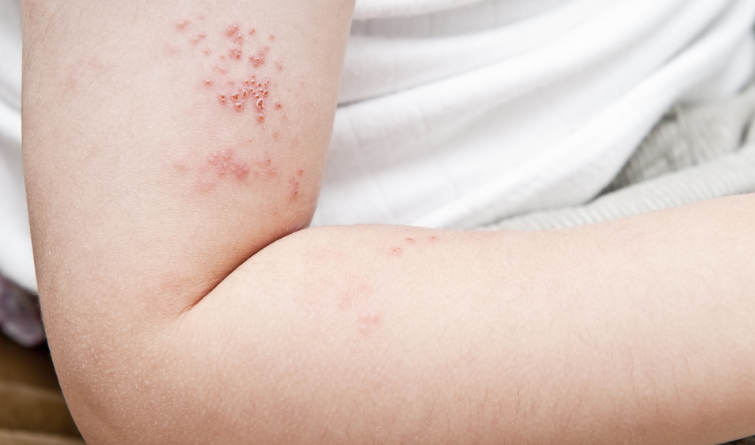Demystifying Shingles: Causes, Symptoms, and Treatments
Shingles is a viral infection that can be debilitating and difficult to manage. Often caused by the varicella-zoster virus, the same virus responsible for chickenpox, shingles is a condition that many people may not fully understand. Despite the similarities to chickenpox, shingles can present differently and have distinctive symptoms that can be confusing or alarming to patients.
Unfortunately, many individuals underestimate the severity of shingles, which can result in a delay in treatment and a longer recovery process. In this guide, we will provide valuable insights into the causes, symptoms, and treatments of shingles, arming readers with the knowledge they need to effectively manage this condition.
Understanding the Causes of Shingles
Shingles occur when the varicella-zoster virus, which remains dormant in the nerve tissues after a person has had chickenpox, reactivates. It’s not entirely clear why the virus reactivates in some individuals and not in others, but factors such as aging, weakened immune system, stress, and certain medical conditions can increase the risk of shingles.
Recognizing the Symptoms
The hallmark symptom of shingles is a painful rash that usually appears as a single stripe of blisters on one side of the body, typically wrapping around the torso or appearing on the face. Before the rash develops, many people experience pain, itching, or tingling in the affected area. Other common symptoms of shingles include fever, headache, sensitivity to light, and fatigue.
Complications and Risk Factors
Although shingles can cause considerable pain and discomfort, its potential complications are particularly worrisome, particularly for older adults and those with compromised immune systems. Among these complications, postherpetic neuralgia (PHN) stands out, manifesting as lingering pain in the region where the rash developed.
Additionally, shingles can lead to further issues such as bacterial skin infections, vision impairment if the virus targets the eyes, and neurological complications if it spreads to the brain or spinal cord. In cases where neurological problems arise, seeking specialized care from a nerve doctor in Oklahoma City who specializes in neurological issues may be essential for effective management and treatment.
Seeking Treatment and Management Options
Early diagnosis and treatment of shingles are crucial for minimizing symptoms and reducing the risk of complications. Antiviral medications such as acyclovir, valacyclovir, and famciclovir are commonly prescribed to shorten the duration of the outbreak and alleviate pain. Over-the-counter pain relievers, calamine lotion, and cool compresses can also help ease discomfort associated with the rash.
In addition to medication, certain lifestyle and home remedies can aid in managing shingles symptoms. These include:
- Rest: Getting plenty of rest can help the body fight the virus and promote faster recovery.
- Pain Management: Over-the-counter pain relievers like ibuprofen or acetaminophen can help alleviate pain and reduce inflammation.
- Skin Care: Keeping the rash clean and dry can prevent bacterial infections. Calamine lotion or colloidal oatmeal baths may soothe itching.
- Stress Reduction: Since stress can trigger shingles outbreaks, practicing relaxation techniques such as deep breathing, meditation, or yoga may help reduce symptoms.
- Healthy Diet: Eating a balanced diet rich in vitamins and nutrients can support overall immune function and aid in the healing process.
Vaccination: Prevention is Key
There are many ways but the most effective way to prevent shingles is through vaccination. The Centers for Disease Control and Prevention (CDC) recommends the shingles vaccine for adults aged 50 and older, even if they have previously had shingles. The vaccine, known as Shingrix, is given in two doses and is highly effective in preventing shingles and reducing the risk of PHN.
Conclusion
Shingles is a common and often painful condition caused by the reactivation of the varicella-zoster virus. While it can be uncomfortable and sometimes lead to complications, early diagnosis, and treatment can help alleviate symptoms and reduce the risk of long-term effects. By understanding the causes, symptoms, and treatment options for shingles, individuals can take proactive steps to manage the condition and protect their health.
Additionally, vaccination remains the best defense against shingles, highlighting the importance of preventive healthcare measures in safeguarding against this viral infection.

